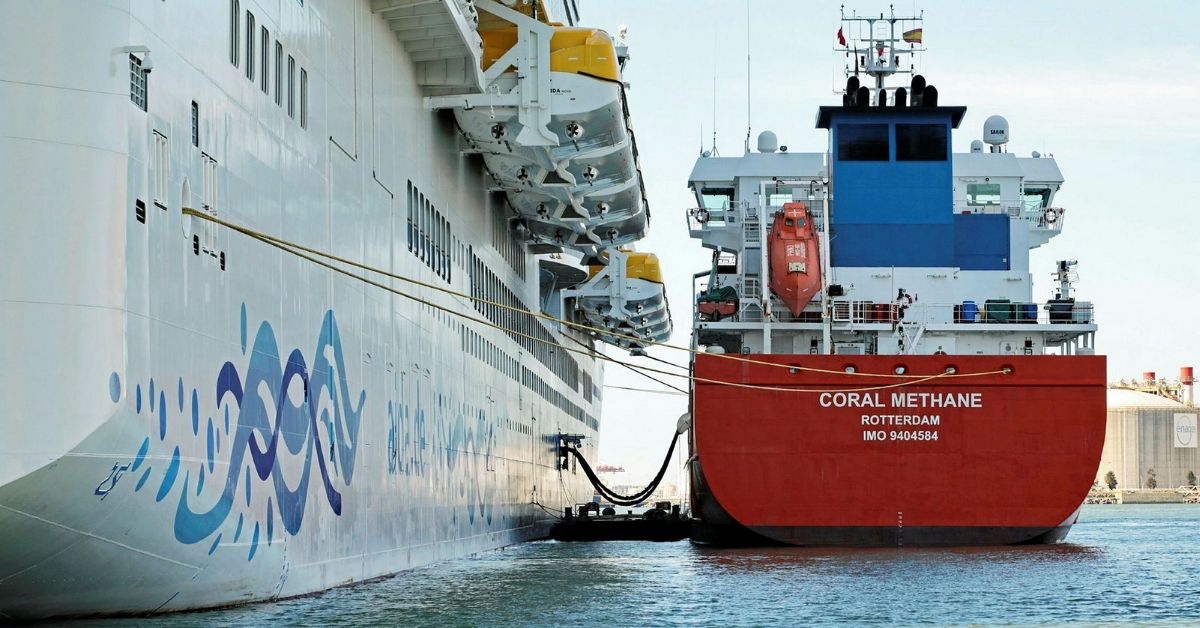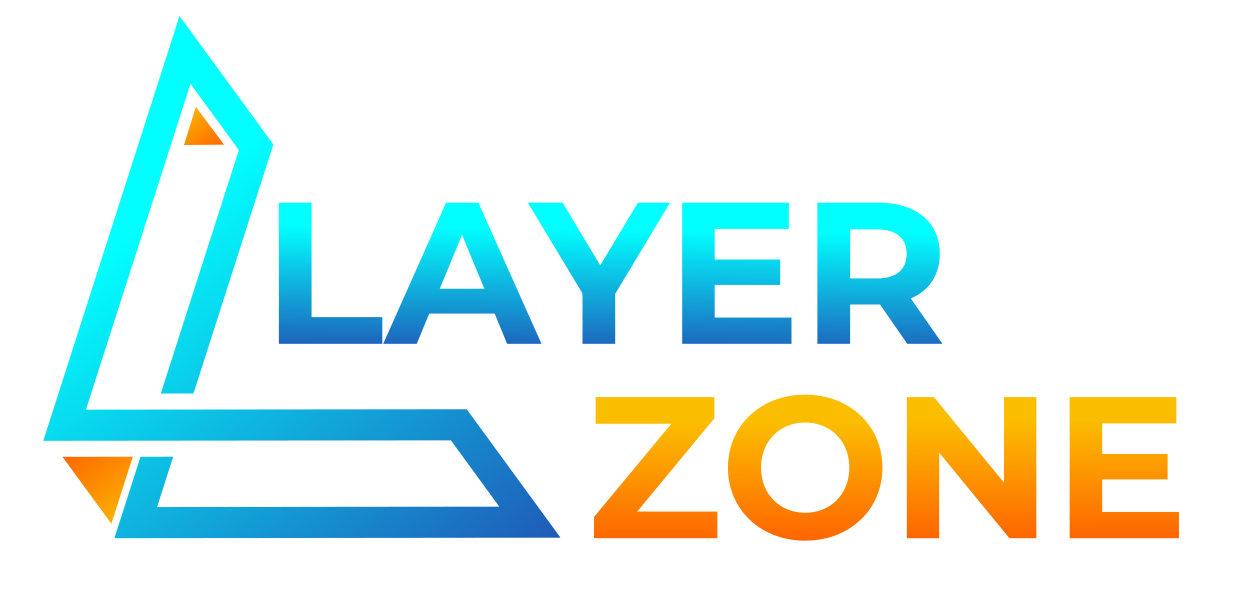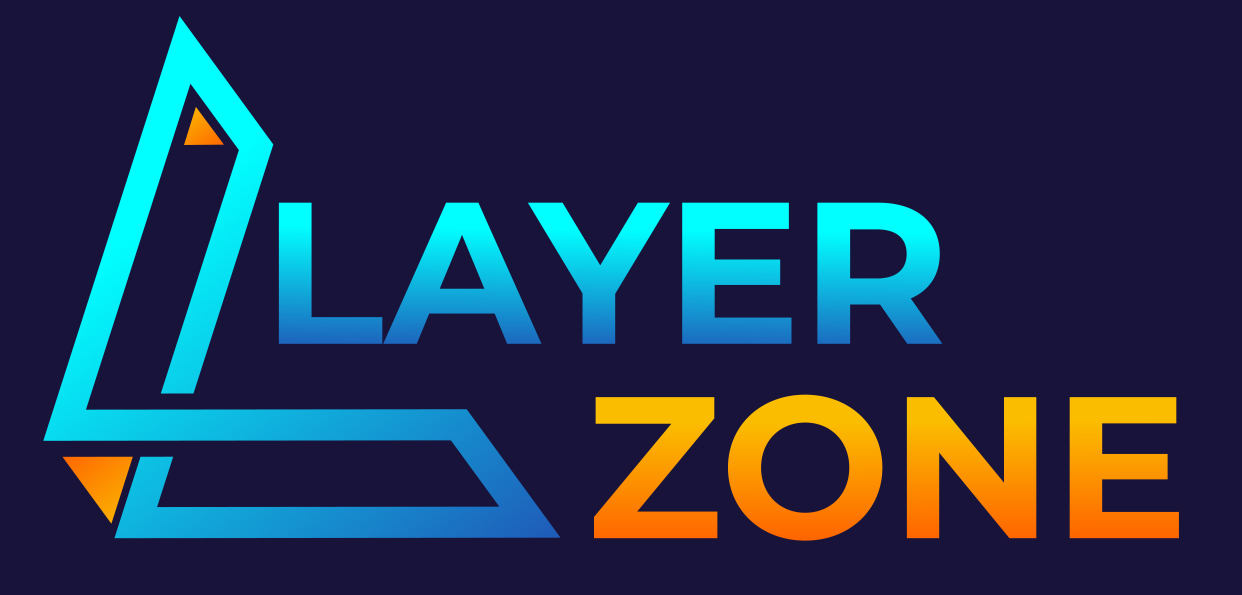Future Outlook for LNG Bunkering Across Europe

Introduction
The Europe LNG Bunkering Market is witnessing rapid growth as the maritime industry transitions toward cleaner fuels to meet stringent environmental regulations. Liquefied Natural Gas (LNG) is increasingly adopted as an alternative to conventional marine fuels due to its lower emissions of sulfur oxides, nitrogen oxides, and carbon dioxide. Europe’s focus on sustainable shipping, backed by initiatives from the European Union and the International Maritime Organization, is driving the development of LNG bunkering infrastructure across key ports. Technological advancements in storage, transfer, and fueling systems enhance operational efficiency, safety, and reliability. Rising demand from cargo, cruise, and passenger vessels further positions LNG as a strategic solution for decarbonizing the maritime sector in Europe.
Market Drivers
Environmental regulations, such as the IMO 2020 sulfur cap and EU Green Deal policies, are primary drivers for the adoption of LNG bunkering solutions. Ports and shipping companies are investing in LNG infrastructure to comply with emission reduction targets and improve sustainability. Technological innovations in LNG storage tanks, cryogenic handling, and transfer systems increase efficiency and safety, encouraging widespread adoption. The growth of LNG-powered vessels in cargo, cruise, and ferry segments fuels demand for bunkering services. Partnerships between shipping companies, port authorities, and LNG suppliers create integrated solutions that streamline operations and reduce logistical challenges. Additionally, LNG’s lower operating costs compared to conventional marine fuels support long-term economic benefits for ship operators.
Market Challenges
Despite growth, the market faces several challenges. High capital investment is required for LNG bunkering infrastructure, including storage tanks, pipelines, and transfer equipment. Limited availability of LNG-fueled vessels in certain regions can restrict demand. Operational challenges such as safety protocols, handling of cryogenic fuels, and trained personnel requirements add complexity. Regulatory variations among European countries may cause inconsistencies in infrastructure development and operational standards. Competition from alternative fuels, such as methanol, hydrogen, and biofuels, can impact LNG adoption. Additionally, market growth can be constrained by fluctuations in natural gas prices and the availability of supply sources.
Market Opportunities
The Europe LNG Bunkering Market presents significant opportunities through infrastructure expansion, technological innovation, and strategic partnerships. Major European ports, including Rotterdam, Antwerp, and Hamburg, are investing in LNG bunkering facilities to support growing vessel traffic. Emerging trends include small-scale LNG bunkering solutions, such as truck-to-ship and barge-to-ship transfer methods, which expand accessibility for various vessel types. Integration with renewable natural gas and hybrid fuel systems offers long-term sustainability potential. Collaborations between ports, shipping companies, and energy suppliers facilitate efficient supply chains and operational optimization. Increasing fleet conversions to LNG-powered vessels and newbuild projects provide continuous growth opportunities for bunkering service providers.
Regional Insights
Western Europe leads the LNG bunkering market due to advanced port infrastructure, high maritime traffic, and proactive environmental policies. The Netherlands, Germany, Belgium, and France are at the forefront of LNG infrastructure development, supporting both cargo and passenger vessels. Northern European ports, including Norway and Denmark, are investing in LNG bunkering to comply with stringent emission regulations and support green shipping initiatives. Southern European ports, such as Spain and Italy, are gradually expanding LNG infrastructure to accommodate growing demand. Eastern European countries present emerging opportunities as trade and port modernization initiatives increase LNG adoption. Overall, Europe’s geographically diverse port network enables comprehensive coverage for LNG bunkering services.
Future Outlook
The Europe LNG Bunkering Market is poised for sustained growth driven by regulatory support, technological advancements, and increasing adoption of LNG-fueled vessels. Expansion of port infrastructure and innovative bunkering methods will enhance accessibility and operational efficiency. Integration with digital monitoring and automated systems will improve safety and reliability. Investment in renewable LNG and hybrid fuel solutions will further align the maritime industry with decarbonization goals. Government incentives, private sector partnerships, and cross-border initiatives are expected to accelerate market growth. The shift toward environmentally friendly shipping fuels positions LNG bunkering as a critical enabler for Europe’s sustainable maritime future.
Conclusion
The Europe LNG Bunkering Market is growing rapidly due to regulatory pressure, environmental concerns, and the expansion of LNG-fueled vessels. While high capital investment and operational challenges exist, opportunities are increasing through infrastructure development, technological innovation, and strategic partnerships. Western Europe leads in adoption, with emerging potential in Southern and Eastern European ports. The market’s future outlook remains positive as LNG continues to serve as a cleaner, cost-effective fuel solution that supports the maritime industry’s sustainability objectives and aligns with Europe’s green energy transition.
- Art
- Causes
- Crafts
- Dance
- Drinks
- Film
- Fitness
- Food
- Oyunlar
- Gardening
- Health
- Home
- Literature
- Music
- Networking
- Other
- Party
- Religion
- Shopping
- Sports
- Theater
- Wellness


